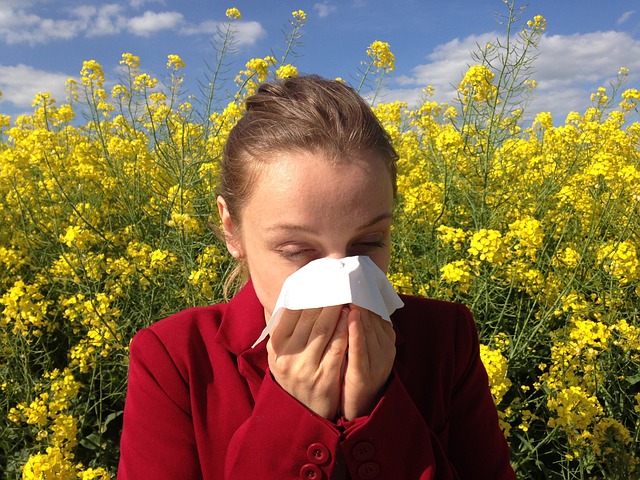Many people suffer from seasonal allergies and experience a myriad of symptoms from sniffles to a stuffy head and headache. However, what they don’t know is that often times, they have these symptoms as a result of other, less widely known reactions to many foods, which can create a never-ending cycle of misery in the spring and autumn that can stretch to encompass the entire year.
Was It Something You Ate?
Have you ever heard someone say that oranges make their mouth itch or that bananas burn their throat? Maybe you’ve experienced these and other reactions yourself to certain foods – it’s often just uncomfortable enough to get your attention, but not enough to keep your attention for long. However, there is a likely answer: if you’ve become inexplicably sensitive to certain foods and you also have hay fever or seasonal allergies, there’s a good chance that your symptoms are due to similar substances found in both pollen and certain foods.
And your not alone; it’s been estimated that up to one third of the people with seasonal allergies also develop these kinds of localized reactions to foods. It happens because the body’s immune system reacts to the same proteins on many foods – including raw fruits, vegetables and nuts – that are also found on certain pollens. Even if the proteins are not identical, they can be similar enough to confuse the immune system.
Common Cross-Reactions
- If you’re allergic to: Birch pollen
- You may also react to: apples, almonds, carrots, celery, cherries, hazelnuts, kiwis, peaches, pears and plums
- If you’re allergic to: Grass pollen
- You may also react to: celery, melons, oranges, peaches and tomatoes
- If you’re allergic to: Ragweed pollen
- You may also react to: bananas, cucumbers, melons, sunflower seeds and zucchini
How to Know
After eating a reactive food, the main symptoms people experience if this is occurring is swelling in the tongue, mouth, throat or lips; itchy mouth or ears; or a scratchy throat. The symptoms usually go away quickly and don’t require any treatment; however, some of the time, the symptoms can progress to a more body-wide (or anaphylactic) reaction like hives or a racing pulse that can be dangerous, similar to what some people experience with peanuts, tree nuts and shellfish.
What You Can Do
To lessen your reaction, you can
- Find a health care provider to help you uncover hidden allergies and sensitivities so you can properly address and eliminate them.
- Peel the offending fruit or veggie as many of the allergenic proteins are often found in the food’s skin.
- Cook the foods, as this can also often deactivate the offending substance.
- Get testing done to determine other possible offending foods/substances: start with a visit to your allergist to get IgE testing done. Then, find someone that does Lymphocyte Response Assay (LRA) testing to find out the full complement of foods you may be reacting to.
- Use a broad spectrum natural anti-histamine like Natural D-Hist.
- Avoid the food – you’ll likely have to do this anyway while you are working with a health care professional in order to calm the immune system; once you’ve done the work of calming and/or rebalancing the immune system while avoiding the food you will often be able to reintroduce those foods at a later time without symptoms.


